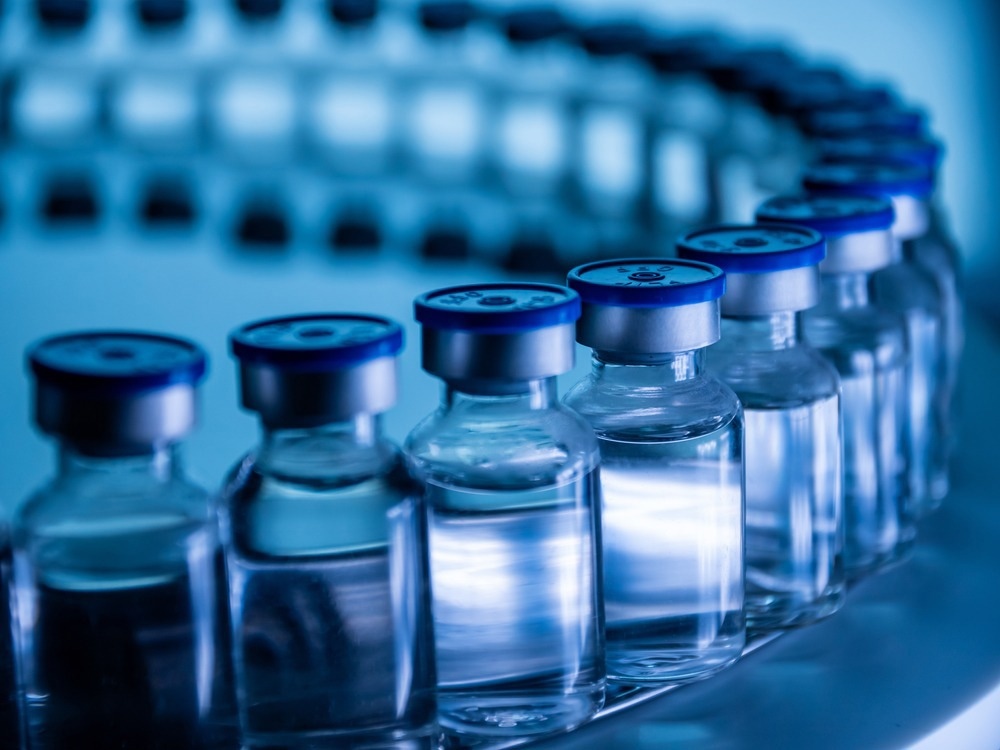The ongoing coronavirus disease 2019 (COVID-19) pandemic has significantly impacted tuberculosis (TB) related services, which has increased the urgency of TB vaccine development.
One of the most important lessons from the response to the COVID-19 pandemic is that innovative health interventions can be delivered fast if they are prioritized politically and financed adequately”.
Recently, Dr. Tedros Adhanom Ghebreyesus, Director-General of the World Health Organization (WHO), announced the creation of the TB Vaccine Accelerator Council at a high-level panel at a World Economic Forum in Davos, Switzerland.

The current state of TB
Although many countries have committed to eradicating TB by 2030 in the Sustainable Development Goals, and many strategies developed by WHO have been implemented to help achieve this goal, the epidemic continues to persist without any sign of slowing down.
In 2021, about 10.6 million individuals contracted TB, 1.6 million of whom died. According to a recent report, every year, approximately 500,000 individuals develop drug-resistant TB globally, thus implying that drug resistance has been a significant barrier to tackling TB prevalence.
Responsibilities of the TB Vaccine Accelerator Council
The key role of the Council is to expedite the licensing and effective use the novel TB vaccines by mediating connections between global agencies, funders, governments, and end users. Additionally, the Council will focus on identifying all complexities associated with TB vaccine development and formulate strategies to overcome them.
At present, the Bacillus Calmette-Guérin (BCG) vaccine is the only licensed vaccine for TB. Although this vaccine is moderately effective in preventing severe TB infection in infants and young children, it fails to suitably protect adolescents and adults. Importantly, 90% of global TB transmissions occur in adolescents and adults.
According to a recent report provided by WHO, a new TB vaccine that is about 50% effective in preventing disease manifestation in adolescents and adults could prevent up to 76 million new TB cases, 8.5 million deaths, and 42 million courses of antibiotic treatment. This strategy could also save around $6.5 billion USD in costs borne by TB-affected households.
The development of a novel TB vaccine with 75% efficacy would prevent up to 110 million new TB cases and 12.3 million deaths. Thus, every $1 USD invested in a 50% effective TB vaccine is expected to generate a return of $7 USD in terms of reduced health costs and increased productivity.
In the latter part of this year, Heads of States and Governments will meet to review the progress on TB. This meeting will provide opportunities to overcome the setbacks in the TB response, which include urgent development and the establishment of novel TB vaccination programs.





